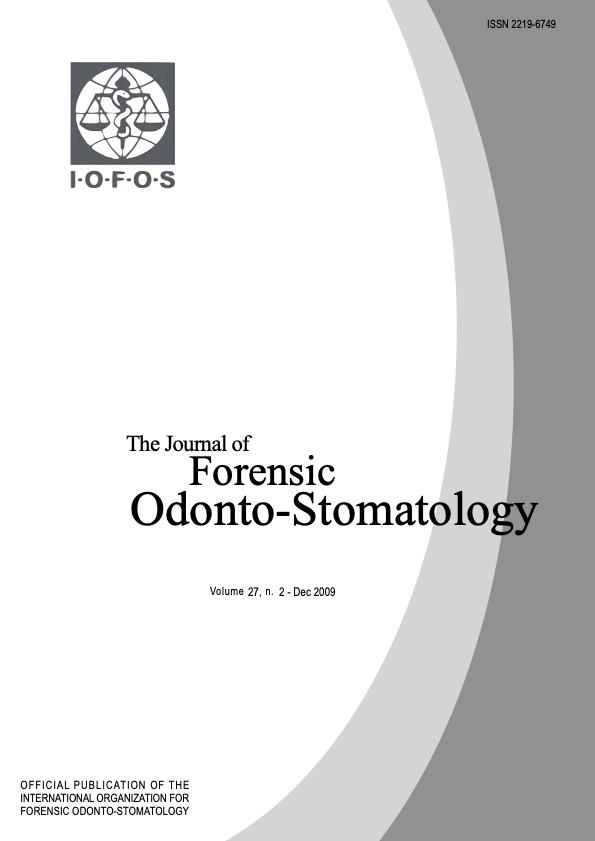A brief history of forensic odontology and disaster victim identification practices in Australia
Abstract
Today we consider forensic odontology to be a specialised and reliable method of identification of the deceased, particularly in multiple fatality incidents. While this reputation has been gained from the application of forensic odontology in both single identification and disaster situations over a number of years, the professional nature of the discipline and its practices have evolved only recently.
This paper summarises some of early uses of forensic odontology internationally and in Australia and discusses the development of both forensic odontology and Disaster Victim Identification (DVI) practices in each of the states and territories of Australia.
The earliest accounts of the use of forensic odontology in Australia date to the 1920’s and 30’s, and were characterised by inexperienced practitioners and little procedural formality. An organised and semi-formal service commenced in most states during the 1960’s although its use by police forces was spasmodic. Today the service provided by qualified and experienced forensic odontologists is highly professional and regularly utilised by police and coronial services.
The development of DVI Practices in Australia began following the crash of a Vickers Viscount aircraft into Botany Bay in 1961 and, as with practices internationally, have evolved into an equally professional and reliable specialist discipline of policing in which forensic odontology plays a significant part.

